A Detailed Analysis of the Sistine Chapel?
The Sistine Chapel is one of the most famous Italian postcards in the world. With priceless works, it is one of the most visited places in Italy and, without a doubt, one of the most beautiful. Today we will get to know the impressive Sistine Chapel in more detail. Now let’s go to our Special Post of the day: A Detailed Analysis of the Sistine Chapel? Here at Your Travel to Italy with Ana Patricia you make the trip of your dreams!!! ALSO: see our “Accommodation in Italy – Tips for your holidays!”
1) A Detailed Analysis of the Sistine Chapel? LEARN ITS HISTORY
The history of the Sistine Chapel begins in 1471, when Francesco della Rovere of Liguria was elected to the papal throne under the name Sixtus IV. Pope Sixtus was an ambitious man with an impressive culture, a lover of books and art, and during his term as Pope, Rome became the center of attraction for the most important intellectuals of the time. It was he who enriched the Vatican library with precious classics. There he created the first Italian cultural center that, in the future, would be the Capitoline museums.
When we speak of culture in Italy, it is its name that is directly linked to this expansion. The Pope began to build his Capella Magna (“Great Chapel”) and, although the documents do not help us to accurately establish the start date of the work and the name of the responsible architect, most studies state that the building began to be erected in 1477 by hands of architect Baccio Pontelli. The dimensions of the Chapel are stupendous: 40 m long, 13 m wide and almost 21 m high to the top. Several experts have found several similarities between the Chapel and the dimensions and proportions of the legendary temple of Solomon in Jerusalem. The Pope’s aim was, in fact, to impress and not be surpassed. Also read Why visit the Sistine Chapel? and get all the information for visiting the Sistine Chapel!
2) A Detailed Analysis of the Sistine Chapel? GET TO KNOW ITS INTERNAL DECORATION
Seen from the outside, the Sistine Chapel resembles a solid and austere fortress, with tall, narrow windows and no decorative walls. At first glance it is not enough to impress, not even for its dimensions, but its true “show” is inside, where the decoration is rich and precious. Pope Sixtus IV called himself “talented”, but it is impossible to disagree! To idealize and put into practice something so great, it was really necessary to have talent, refinement, knowledge and good taste.
3) A Detailed Analysis of the Sistine Chapel? GET TO KNOW THE CHAPEL CEILING
For the ceiling, the Pope initially chose a starry sky, like the one Giotto left us in the Scrovegni Chapel, in Padua – obviously with four times its original dimensions. In the spaces between the windows, he wanted the portraits of the previous popes to be shown.
4) A Detailed Analysis of the Sistine Chapel? GET TO KNOW THE ALTAR WALL
For the wall of the altar he insisted that the Assumption of the Virgin Mary be painted, on the long walls and opposite the scenes of the altar, he wanted to portray the life of Moses and Christ. It is worth remembering that the original decoration of the vault and the altar wall no longer exist, but, as evidence of this refinement, the large panels remain on the sides and tell the stories of the Old and New Testaments with their respective protagonists. Christ and Moses, the Messiah and his forerunner, “look” at each other and appear to “talk” with each other on the two walls. It’s an art show! Jesus baptism corresponds to the circumcision of the son of Moses, and Moses’ temptations are shown before those of Christ.
5) A Detailed Analysis of the Sistine Chapel? GET TO KNOW ITS PAINTINGS
It is also possible to observe the passage through the Red Sea, where there is an allusion to the vocation of the apostles. The paintings that no longer exist, therefore, are: the Assumption of the Virgin Mary (on the altar in the center), on the left The Salvation of Moses from the waters of the Nile and on the right The Nativity of Christ.
The paintings still visible: on the long side on the left, Circumcision of the son of Moses, The temptations of Moses, The passage of the Red Sea, Moses receiving the Tables of the Law, The punishment of the rebels and The last acts of Moses’ life. Long side, right: The Baptism of Christ, The temptations of Christ, The vocation of the apostles, The discourse on the mountain, The handing over of the keys to Peter, The last supper and the Crucifixion. In front of the altar are the images of Angels and demons that compete for the body of Moses and the Resurrection of Christ. These scenes were repainted in the 16th century and are impeccably presented.
The Renaissance
Pope Sixtus IV died in 1484 and, certainly, he knew about the legacy he left behind. In 1503, Pope Julius II, Sisto’s nephew, was elected, as ambitious as his uncle. Unfortunately, to make his mark, he would need to “erase” some marks of his uncle. The ceiling with its “starry sky” was already “outdated”, of dubious taste (!) and then the Renaissance appeared. It was necessary to change, not only the perspective and proportion, but to address issues that were beginning to emerge in the cultural circles, such as mythology. The best artist of the time who brought together painting, architecture and poetry in his works was Michelangelo Buonarroti, a young talent created in the gardens of Lorenzo the Magnificent.
6) A Detailed Analysis of the Sistine Chapel? MICHELANGELO AND THE CHAPEL
Michelangelo had already done the work Pietà, in the Vatican, and other paintings in the homes of wealthy merchants in Florence. Here he was the one chosen to renovate the Chapel, he was the only artist who would be able to renovate the Sistine roof in a unique way. And so it was.
The Nine Scenes of Genesis
The relationship between Michelangelo and Júlio was marked by moments of peace and tranquility that were mixed with moments of hysteria and fights. Michelangelo agreed, in 1508, to perform nine scenes from Genesis, together with the figures of Christ’s prophets, sibilas and ancestors. Julius tried, however, to hire helpers for Michelangelo, who, every time, refused. The surface was vast and the curvature of the ceiling caused problems of optical distortion for those who saw it up close and for those who saw it from a distance, that is, it would be almost infinite work, not to mention the immense height, which would require colossal, heavy and hard-to-move scaffolding.
Because it was a gigantic work, Michelangelo was quick: he finished everything in 1511. The first scenes that Michelangelo painted were the last in the chronological narrative order of the facts. As the work progressed, the artist simplified the paintings, leaving out details. With an incredible knowledge of art, painting techniques and architecture, Michelangelo developed a mobile scaffold, which drastically reduced costs and working time.
Michelangelo’s Ceiling
From the figurative point of view, the entire ceiling “speaks” of the human body, showing its strength, beauty, expressive capacity and its poetry. The natural landscape and the architectural background are completely in the background, but in harmony. The colors are vivid and bright, impressive. Michelangelo portrayed the following: in the center band, from the altar to the back wall, there are scenes from Genesis, being: God separates the light from the darkness, God creates the sun and the moon, God separates the earth from the waters, The creation of Adam, God creates Eve, Original Sin, Noah’s sacrifice, The universal flood and Noah’s intoxication.
In the outer bands are the prophets: Prophet Jonah, Jeremiah, Sibyl of Libya, Sibyl of Persia, Prophet Daniel, Ezachiele, Sibyl Cumana, Eritrea, Prophet Isaiah, Joel, Sibyl Delphic and Prophet Zechariah. Already in the triangles in the windows appear the Ancestors of Christ, and in the corners, appear: The punishment of Adam, The bronze snake, David and Goliath and Judith and Holofernes.
The Last Judment Scene
We have reached a point where Michelangelo is a sixty-one year old man, but still active. Pope Paul III enters the scene and he wants to completely renovate the altar wall. Despite his age, Michelangelo accepts the order and is soon back in the Chapel. The Assumption of the Virgin and the first two scenes of the cycles of Moses and Christ disappear from the altar walls and the fantastic scene of the Last Judgment is painted. These are complex years, as it coincided with the Protestant Reformation, which made the “Western Christian world” rethink everything in religious terms. The Renaissance era ended and gave way to more “modern” works.
The Renewal of Michelangelo’s Style
Michelangelo then faced, between 1536 and 1541, the challenge of “renewing” his style. In the center, Christ appears raising his right arm, it seems to give momentum and life to the movement. He presents himself as a judge, showing the wounds on his hands and, next to him, the scriptures appear. Next to him appears Mary, who seems to be moving away, but who observes those who invoke her in her role as a mediator.
Around this central nucleus the crowd of Holy martyrs appears, those who have earned their rightful place in paradise by preaching the faith of Christ. Many of them show the object with which they were killed or tortured. Here, the instrument of death becomes an instrument of salvation and it was a brilliant idea that only proves how Michelangelo managed to “renew” his ideas. These images are under the angels who blow the trumpets to awaken the dead.
Representation of the Dead
The dead are awakened and represented here in a magical way: “coming out” of the tombs in the lower left corner. It is possible to see that some stand out, while others are “attracted” by the powerful power of prayer. In the lower right corner of the wall we can observe the opposite movement of those who are not saved: demons drag the bodies down and take them to hell, a clear quote from Dante. To complete, we can see the telescopes above, and the angels that show and carry the instruments of passion in glory. The whole message of the painting is: Christ’s sacrifice is necessary for the salvation of humanity
Curiosity
Due to the position he painted, Michelangelo developed serious vision problems and back problems, which caused him pain and discomfort.
Are you going to stay in Rome? So you can get our exclusive hotel tips!
Here you will find great and free tips to not get fooled when choosing your hotel in Italy.
Plus: read our tips and advices about the Rome neighborhoods and where to stay! Here you will find the perfect hotel for you and for your needs, respecting you budget! Also: booking at booking.com, you will help us to keep our blog and for free! No fees, no click baits, no fake news!
Hotel I suggest near the Historic Center
If you are passionate about art and would like to stay in the center where you can move around walking, as well as having countless possibilities for places to have lunch / dinner or a snack, I advise you to stay in the historic center. Regions near the Trevi Fountain, the Coliseum, the Roman Forum, the Imperial Forum and the Villa Borghese, Piazza Spagna and Piazza Navona can be considered as “historic center”. These are the most expensive areas, but you will be close to everything, literally!
If you want to save a great option is the B&B, click on the links below and get to know each one. If you like the suggestion make your reservation and guarantee good prices.
If you prefer a good hotel, I have three options that I really like, click on the links below and get to know each one. If you like the suggestion make your reservation and guarantee good prices;)
Hotels that I suggest near the San Giovanni Region
For those who want to find cheaper alternatives in quiet areas, but at the same time close to the means of transport to the center, I suggest the region of San Giovanni or Monti (near the metro stations San Giovanni, Castro Pretorio and Circus Massimo) – which it is a more residential neighborhood; therefore, more economical and quiet! And with just 15 minutes by subway you will be in the center too!
I have two options for Hotels that I recommend, click on the links below and get to know each one. If you like the suggestion make your reservation and guarantee good prices;)
I have two options of B&B that I recommend, click on the links below and get to know each one. If you like the suggestion make your reservation and guarantee good prices;)
Hotels I suggest near Vatican City
An interesting area to stay and a little cheaper than the historic center is the Vatican area (Vatican Museums) which is very well connected with everything.
I have two options of B&B that I recommend, click on the links below and get to know each one. If you like the suggestion make your reservation and guarantee good prices;)
If you prefer a hotel, I have three options that I recommend, click on the links below and get to know each one. If you like the suggestion make your reservation and guarantee good prices;)
Hotel I suggest near Termini Station
For those who prefer to stay in neighborhoods that have good access to the rest of the city and at a better price, then you should choose accommodation in the surroundings of Termini Station (from where a dense network of public means of transport starts, serving both: the local people and tourists).
I have 3 good hotel suggestions in Termini, click on the links below and get to know each one. If you like the suggestion make your reservation and guarantee good prices;)
If you prefer B&B I have 2 good suggestions, click on the links below and get to know each one. If you like the suggestion make your reservation and guarantee good prices;)
Hotels that I suggest in Trastevere
For those who prefer to “taste” authentic and characteristic Rome, there is nothing better than booking a hotel in Trastevere (on the outskirts of the city’s historic river), full of typical Roman history and traditions, known for the tortuous streets of sampietrini stones and the centers medieval style housing.
The neighborhood is in the historic center and to the right of the Tevere River, in the midst of a spectacular landscape, where each visitor can observe the countless churches and squares (such as Santa Maria in Trastevere). In addition, this neighborhood offers several local restaurants and canteens for those who want to try typical Roman cuisine.
If you want to save a great option is the B&B, click on the links below and get to know each one. If you like the suggestion make your reservation and guarantee good prices;)
If you prefer a good hotel, I have two options that I really like, click on the links below and get to know each one. If you like the suggestion make your reservation and guarantee good prices;)
Conclusion
A Detailed Analysis of the Sistine Chapel? The Sistine Chapel is priceless! It is undoubtedly one of the most important and beautiful works of art in Italy and, of course, by Michelangelo. And if you feel insecure, have no time, and need help to organize your trip, don’t hesitate to contact me! I will love to help you make your dream trip to Italy come true. And how can I do that? Keep reading this post until the end and you will understand how we make your life and your trip much easier 🙂
Did my post help you? If so, be sure to post your comment below, but if you still have questions just send me a message I will answer you as soon as possible!
An Extra Help for your Trip
The best content from Your Travel to Italy!
Learn more about our tours in Italy right now!
- What to visit in Italy in 10 days?
- The ten must-see places in Tuscany?
- The best tips to save on your trip to Italy?
- What are the 10 most visited cities in southern Italy?
- Airports in Italy? How to get to your hotel? (Venice, Milan, Rome, Florence)
- What to do in 1/2/3/4 days in the main Italian cities?
- The best tips on food in Italy (wines, typical food, enogastronomy tours)
- How to get from Fiumicino Airport to Rome downtown?
- Your Travel to Italy: 10 tips for traveling through Italy!
Best regards from Italy

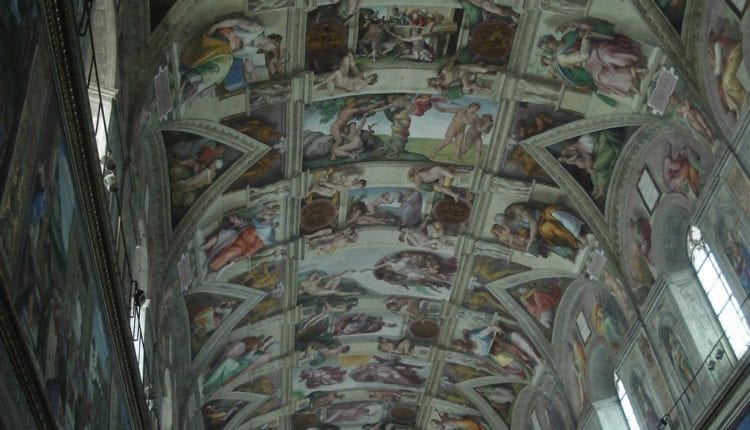
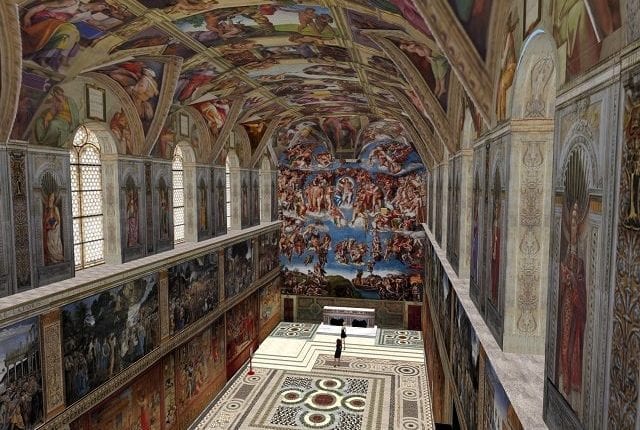
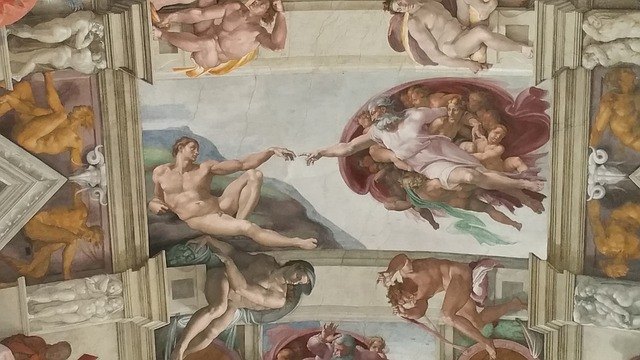
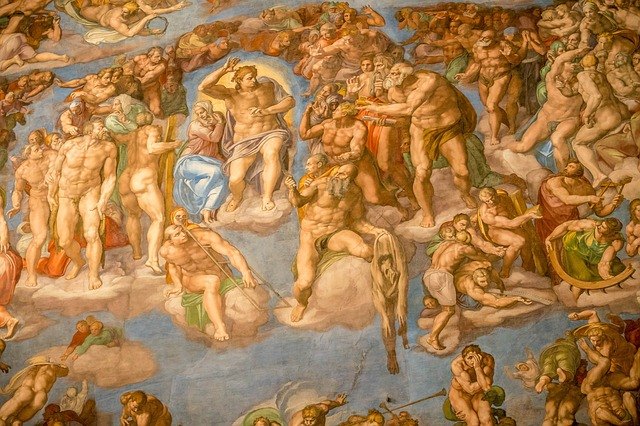
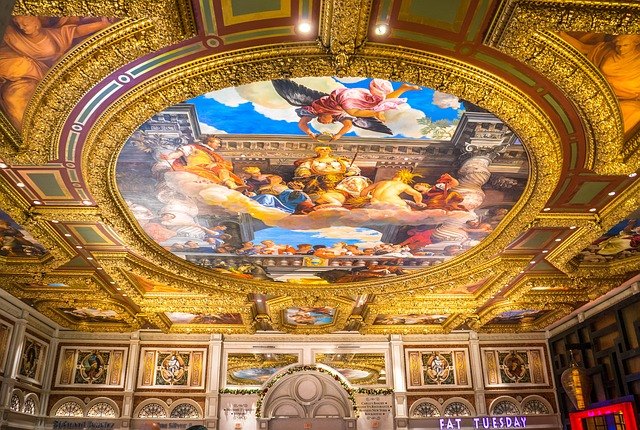
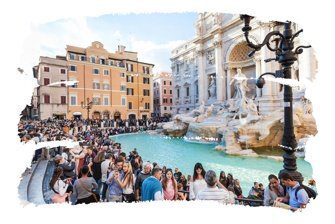


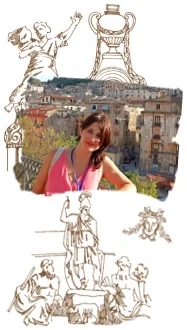

 Save money!
Save money!